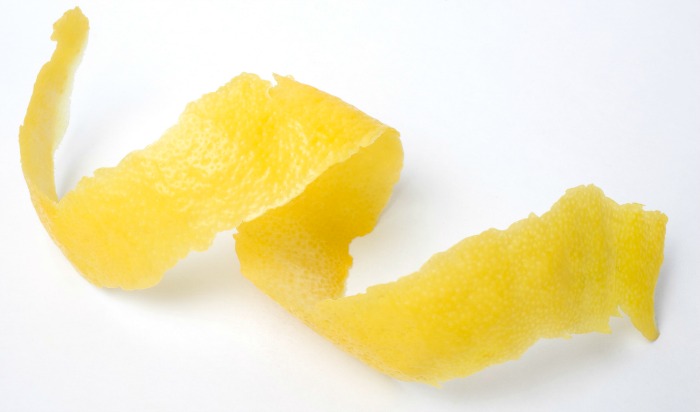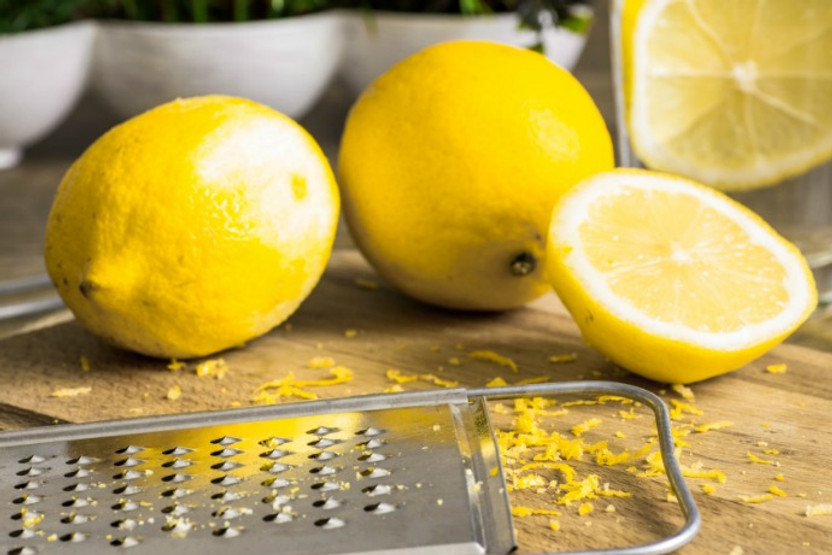Pucker Up: How to Zest a Lemon
Posted by April on May 23rd 2017
If you're only using the juice from lemons, you're neglecting all the lemony goodness in the zest. Don't miss out on this source of fresh citrus flavor that goes well in both sweet and savory recipes. From dinner to dessert, lemon zest will add zing to your dishes.
Not sure how to zest a lemon? We can help. Check out our recommendations for techniques and tools to help you take advantage of this burst of fresh flavor.
What is Lemon Zest?
Lemon zest is the bright yellow outer layer of the peel. Lemon oils are concentrated in the peel, with powerful lemon flavor you won’t find in lemon juice. The trick of how to zest a lemon is in the challenge of separating the tasty zest from the bitter white pith that lies beneath.

Some recipes call for long strips of lemon zest, while others use minced or grated lemon zest. You may see it used as a garnish on sweet treats or in cocktails. Lemon zest may be candied to add sweetness, but it's most often used as-is -- in strips, minced, or grated.
How to Zest a Lemon: Use a Vegetable Peeler
With a sharp vegetable peeler, you can carefully shave the zest from a lemon in long strips. First, wash and dry the lemon. Then use steady pressure to peel thin strips from top to bottom. Finally, use a chef’s knife to mince or slice the zest.

It takes a bit of practice to get the knack of shaving the zest without taking any of the pith. If you’ve never tried this method before, practice on a lemon or two before you actually need lemon zest for a recipe.
How to Zest a Lemon: Use a Grater
If you need minced lemon zest, a sharp box grater can work well. Simply wash the lemon, then scrub the outer surface of the fruit across the finest grating surface. Do not go too deep on the lemon; you want the bright zest, not the white pith.

You can also use a Microplane zester/grater (above). This hand-held grater takes the zest off a lemon quickly and easily. Rub the lemon on the rough surface and rotate it until all of the zest is removed. This inexpensive tool might be the quickest and easiest way to get minced lemon zest.
Using and Storing Lemon Zest
Once you have a mound of fresh-smelling lemon zest, what do you do with it?

You can use lemon zest in a variety of recipes. Start by browsing this sampling of recipes from Bon Appétit which all feature lemon zest. Pasta, baked goods, sauces, and salad dressings are all improved with the zing of lemon zest.
You can also create lemon infused oils, flavored simple syrups, and candied lemon zest. Long strips of zest will be useful in these applications.
If you have lots of lemons but not enough time to cook with them, you can preserve the zest by drying or freezing it. Grated lemon zest dries easily on a sheet of waxed paper left out for a few days in a low humidity environment.
However, freezing lemon zest is the best way to keep the lemon oils fresh and flavorful. Scoop the lemon zest into a freezer bag and pop it in the freezer. You can use it straight from the freezer when your recipe calls for it.
As an avid farmer, gardener, and cook, April Freeman is an expert in the food production process. She raises pigs, chickens, beef cattle, and grows a wide variety of vegetables and fruits on her family farm in Tennessee. Learn more about April's firsthand experience with farm-fresh food on her blog, Feeding My Family.

